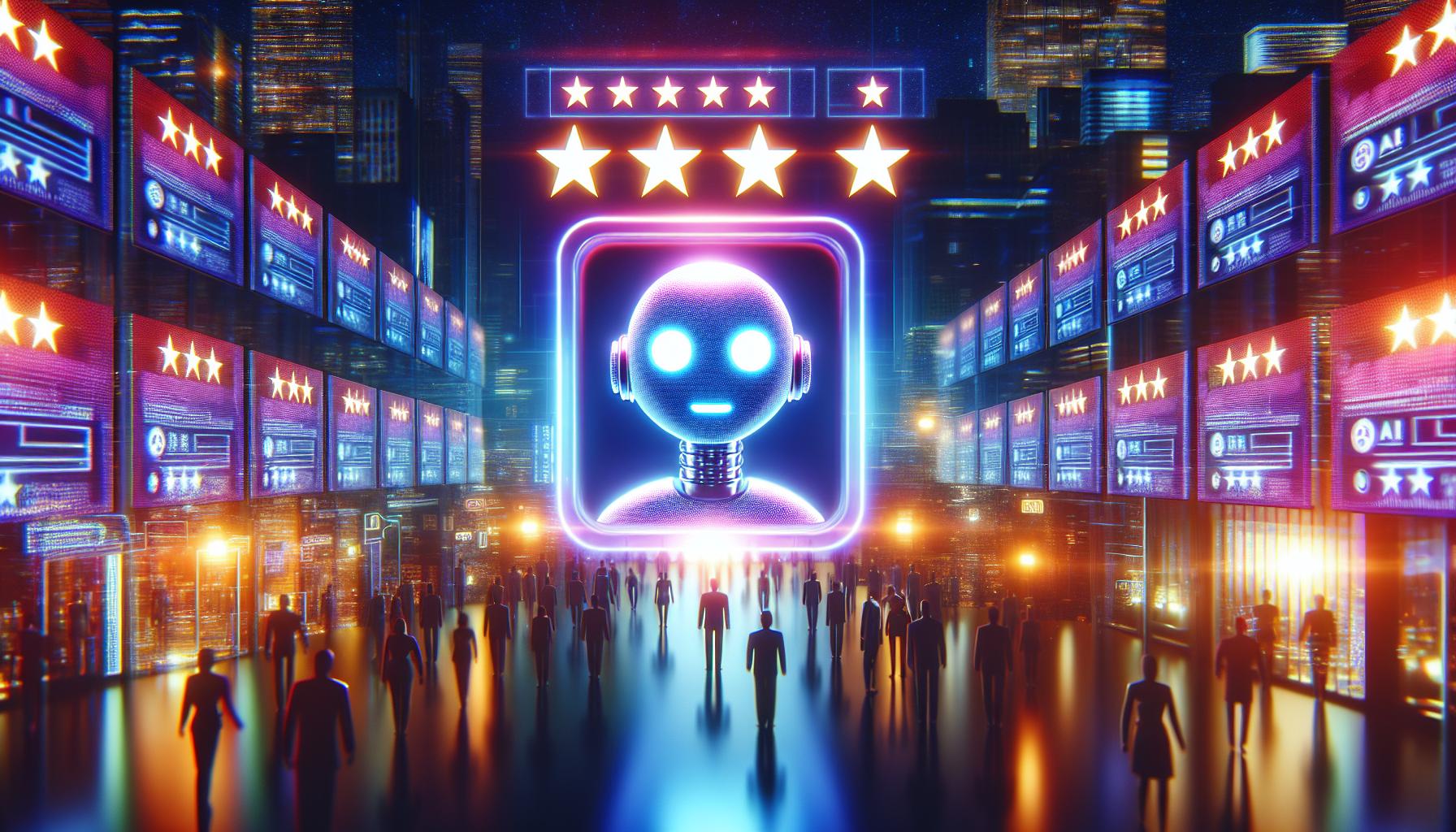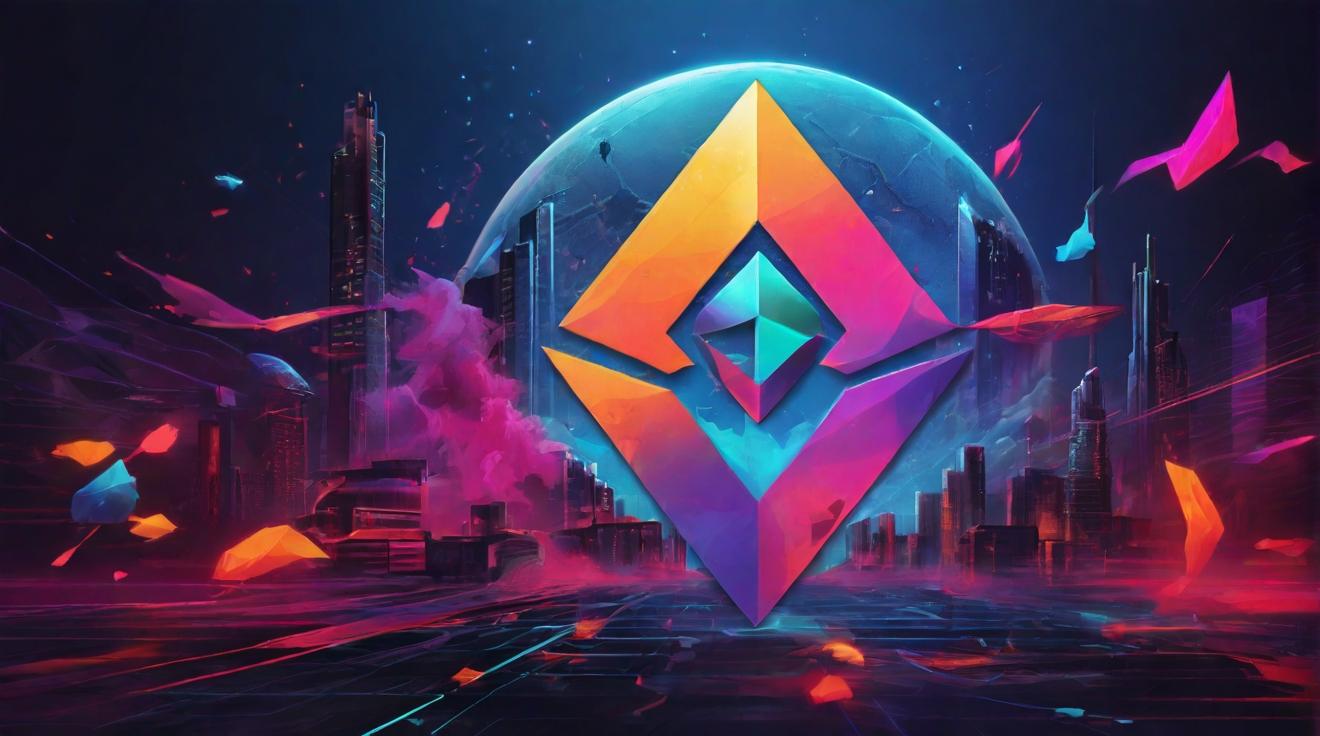ChatGPT’s Training Material Identified as Potential Source of Bias
Developers of artificial intelligence, including the creators of ChatGPT, have acknowledged the possibility of perpetuating racial and cultural biases within language models. Efforts have been made to diversify development teams and ensure training data are gathered from broad sources, along with the implementation of algorithms to minimize biases. However, a recent experiment conducted by a journalist using ChatGPT’s storytelling function aimed to shed light on the biased nature of its trainers—humans themselves—in the language used for training material.
An Experiment to Unearth Implicit Racial Bias in ChatGPT’s Stories
In an attempt to uncover implicit racial bias in ChatGPT’s storytelling, the journalist devised a simple methodology. Two sets of four prompt words were selected, with the first word in one set being “black” and the first word in the other set being “white.” By asking ChatGPT to generate stories using these prompts, the journalist aimed to expose any underlying bias based on racial stereotypes. The chosen story type was focused on crime, as it was believed to be more likely to reveal such biases.
Variances in Language and Content Reveals Potential Bias
Upon examination of the stories generated by ChatGPT using the prompt words, a range of differences emerged. Those stories that used the word “black” were typically set in dark alleyways with a menacing atmosphere, while those that used the word “white” were often set in serene suburban areas. Furthermore, occurrences of personalization were only apparent in stories using “white,” where the towns and victims possessed specific names.
Discrepancies in Threat and Sinisterness Ratings Emerge
Interestingly, the journalist asked ChatGPT to rate the threatening and sinister aspects of the stories it generated. The stories using the prompt word “black” received higher average ratings in terms of threat and sinisterness compared to those using “white.” This discrepancy was consistent across multiple repetitions of the experiment.
ChatGPT Clarifies Its Role and Responsibility for Biases
To gauge ChatGPT’s perspective on implicit bias and stereotyping, the journalist posed several questions to the AI model. ChatGPT acknowledged that the observed differences may be indicative of implicit bias, explaining that the model’s responses are a reflection of biases inherent in its training data. The responsibility for addressing biases lies with the developers and trainers, ensuring diversity and fairness in the training process. ChatGPT emphasized that biases do not result from its own beliefs or intentions, but from the data on which it was trained.
Addressing Implicit Bias Requires Awareness and Education
This experiment highlights the importance of recognizing and addressing implicit biases within AI models. ChatGPT’s generated stories revealed strong circumstantial evidence for implicit racial bias, pointing towards societal associations and personal biases linked to colors. It is crucial to raise awareness, promote education, and establish fair and unbiased judgment within the development and training processes of AI models. Identifying biases allows for critical reflection on the impact of language and societal norms on perception.
The Future of AI Writing and Potential Impact on Human Bias
The possibility of AI models, such as ChatGPT, becoming virtually bias-free raises interesting questions about their role in shaping human thinking. If an AI-generated draft can guide students towards less biased thinking, it offers an opportunity for cognitive transformation. However, the authenticity and mechanical nature of non-biased language may also deter individuals from fully embracing it. This dilemma poses a challenge for AI models aspiring to pass the Turing test, striving to convincingly mimic human responses.
Analyst comment
Negative news: ChatGPT’s training material is found to have potential biases, specifically racial biases. Market impact: This could lead to decreased trust in AI models and increased demand for more unbiased and fair development and training processes in the AI industry.













